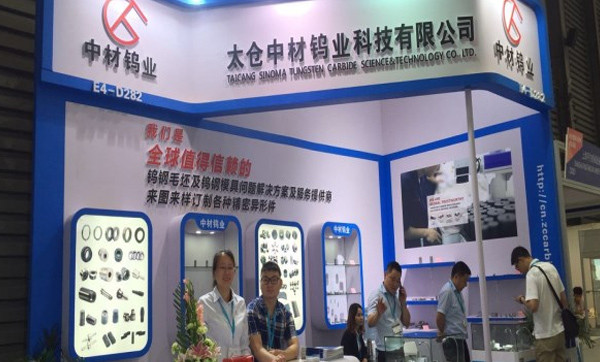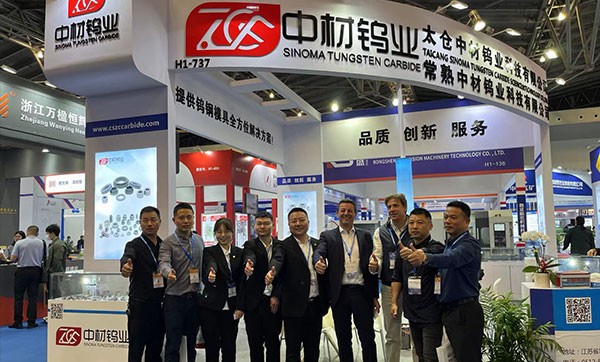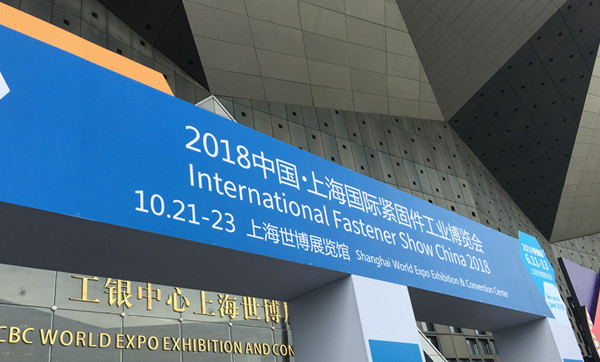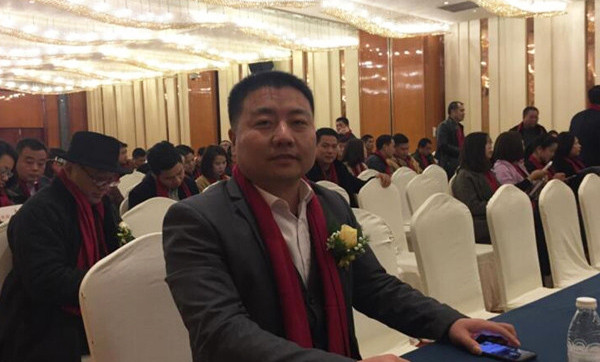Abstract
Tungsten carbide (commonly referred to as cemented carbide or hard metal) is a critical material in mold manufacturing due to its exceptional hardness, wear resistance and thermal stability. However, inherent brittleness and residual stresses introduced during traditional heat treatment processes often limit its performance in demanding industrial applications. Deep Cryogenic Treatment (DCT), a complementary process to conventional heat treatment, has emerged as a transformative technology to address these limitations. This article explores the scientific principles, procedural advantages, and performance enhancements offered by DCT in the manufacture of Tungsten carbide molds, supported by metallurgical insights and industrial case studies.
1. Introduction
Tungsten carbide molds are indispensable in industries such as automotive, aerospace and precision engineering, where high wear resistance and dimensional stability under extreme conditions are paramount. Despite their superior properties, traditional manufacturing processes leave room for improvement in terms of tool life and operational efficiency. Deep cryogenic treatment, which involves cooling materials to ultra-low temperatures (typically below -150°C) followed by controlled annealing, has been shown to refine the microstructure of Tungsten carbides, resulting in unprecedented mechanical properties. This article examines the technical merits of DCT and its role in advancing mold manufacturing.
2. Limitations of Conventional Heat Treatment
Before exploring the benefits of DCT, it is important to understand the shortcomings of traditional heat treatment methods for Tungsten carbide:
· Residual austenite retention: Incomplete transformation of austenite to martensite during quenching reduces hardness and promotes dimensional instability.
·Microstructural Inhomogeneity: Irregularities in carbide distribution lead to localized stress concentrations.
·Thermal fatigue susceptibility: Repeated heating-cooling cycles in service induce microcracking.
·Suboptimal Toughness: High hardness often comes at the expense of fracture toughness.
These issues require post-treatment processes such as DCT to optimize performance.
3. The Science of Deep Cryogenic Treatment DCT involves three stages:
1.Slow cooling: Gradually reducing the temperature to -196°C (using liquid nitrogen) to minimize thermal shock.
2.Soaking: Holding the material at cryogenic temperatures for 12-48 hours to ensure complete phase transformation.
3.Controlled Tempering: Gradual reheating to room temperature, followed by tempering to relieve stress.
Metallurgical transformations:
Austenite to martensite transformation: DCT promotes nearly complete transformation of retained austenite to martensite, increasing hardness.
Carbide precipitation: Prolonged soaking facilitates nucleation of fine, uniform eta (η) carbides (e.g. W2C, Co3W3C) that strengthen the matrix.
Stress redistribution: Thermal contraction at cryogenic temperatures homogenizes residual stresses, reducing the risk of crack propagation.
4.Main Advantages of DCT in Tungsten carbide Mold Production
4.1 Improved Hardness and Wear Resistance
Mechanism:The elimination of retained austenite and precipitation of nanoscale carbides creates a denser microstructure.
Data: Studies show a 15-25% increase in surface hardness (HV) and up to 300% improvement in abrasive wear resistance compared to untreated molds.
Industrial Impact: Extended tool life reduces downtime for mold replacement, lowering production costs.
4.2 Improved Dimensional Stability
Mechanism: Residual stress relief and phase stabilization minimize distortion during high-precision machining or service.
Case Study:A German automotive supplier reported a 40% reduction in post-processing rework on DCT-treated injection molds.
4.3 Superior Thermal Fatigue Resistance
Mechanism: Homogenized carbide distribution mitigates thermal expansion mismatch during rapid temperature cycling.
Application: Dies for aluminum die casting showed 50% longer tool life under cyclic thermal stress.
4.4 Increased Toughness and Crack Resistance
Mechanism: Fine carbide dispersion acts as a barrier to crack propagation, while hardened martensite provides ductility.
Validation: Charpy impact tests showed a 20% improvement in fracture toughness for DCT-treated specimens.
4.5 Cost-Effectiveness and Sustainabi
Life Cycle Benefits: Longer-lasting molds reduce material waste and energy consumption associated with frequent replacement.
ROI analysis: A Chinese mold manufacturer achieved a 35% reduction in annual mold related expenses after implementing DCT.
5. Practical Implementation Guidelines
To maximize the benefits of DCT, manufacturers must consider the following:
Pre-treatment preparation: Ensure molds are free of contaminants and properly quenched prior to cryogenic processing.
Temperature ramp rates:Optimize cooling/heating rates to prevent thermal cracking (typically 1-3°C/minute).
Post-Treatment Finishing: Pair DCT with precision grinding or coating (e.g., TiAlN) for synergistic performance.
6. Industrial case studies
Aerospace component molds: A U.S.-based manufacturer reported a 60% reduction in galling in titanium forging after implementing DCT.
Micro-molding for electronics: Japanese companies achieved sub-micron tolerances in connector molds, attributing the success to DCT-induced stability.
Medical device molds: Swiss companies saw a 70% reduction in particulate contamination due to reduced wear in DCT-treated molds.
5. Future Prospects and Innovations
Emerging trends include:
Hybrid treatments:Combining DCT with laser surface texturing or additive manufacturing.
AI-driven process optimization: Machine learning models to predict optimal soak times based on alloy composition.
Green Cryogens: Research into alternatives to liquid nitrogen, such as cryogenic CO2, to reduce environmental impact.
6. Conclusion
Deep cryogenics represents a paradigm shift in Tungsten carbide mold manufacturing. By overcoming the limitations of conventional heat treatment, DCT delivers unprecedented improvements in hardness, wear resistance and dimensional accuracy. As industries demand greater precision and sustainability, the adoption of DCT will accelerate, solidifying its role as the cornerstone of advanced mold manufacturing.
It is for this reason that Changshu ZCCF Tungsten Carbide has been adhering to this craft from the past to the present and will continue to do so in the future.




